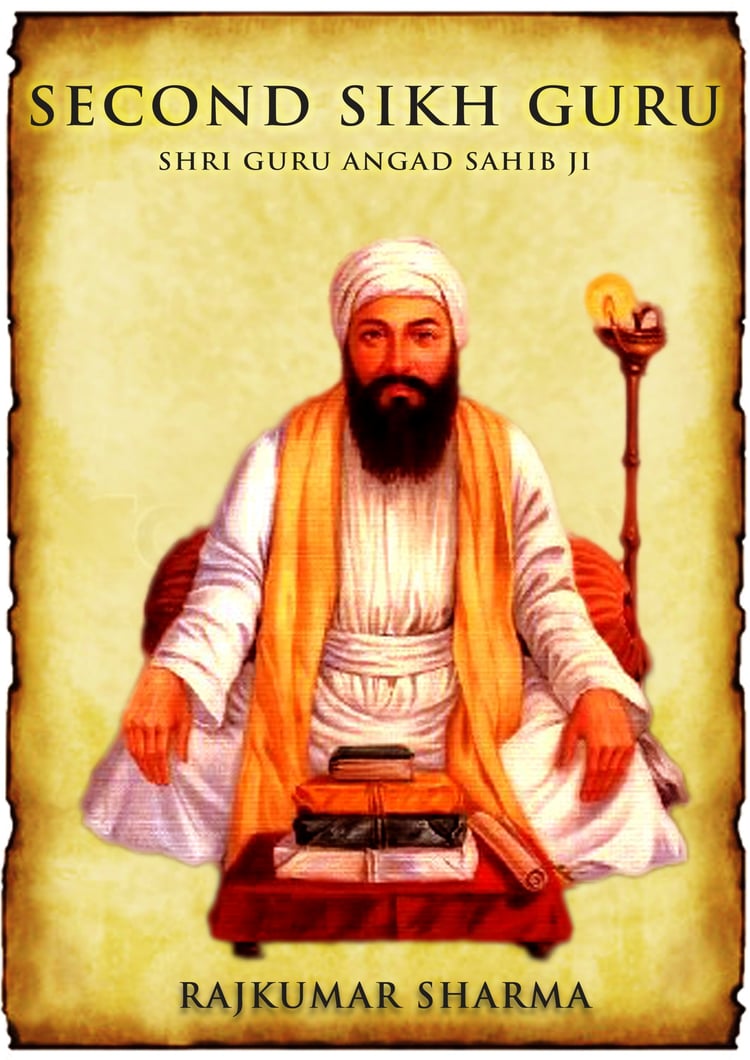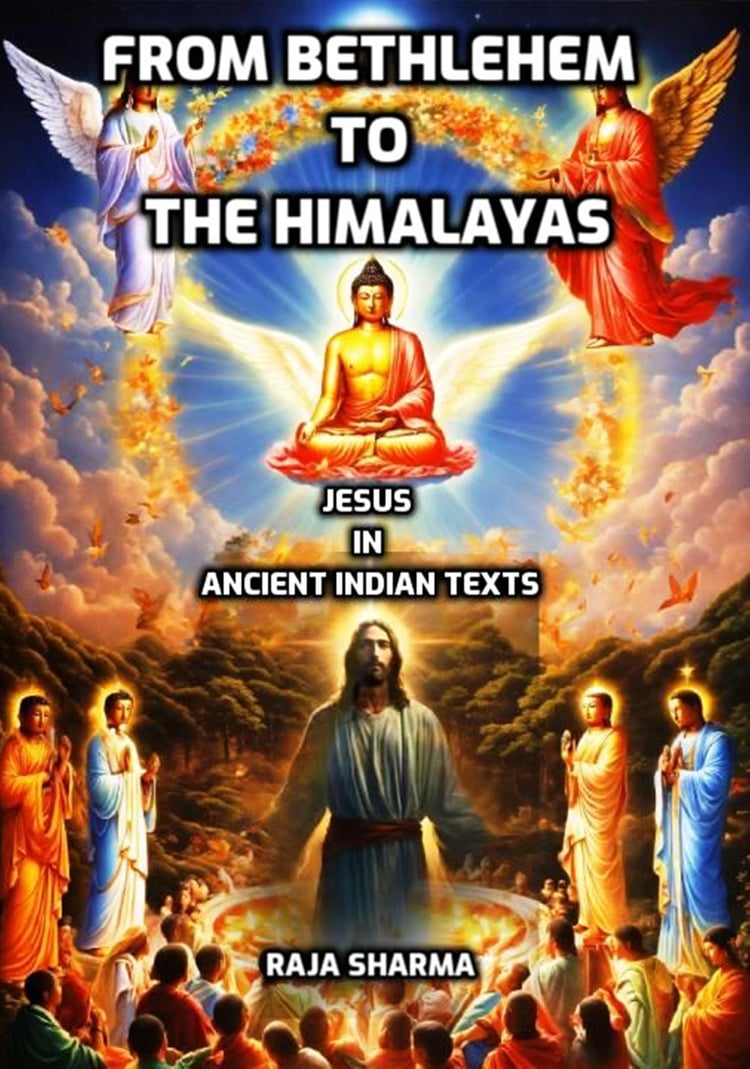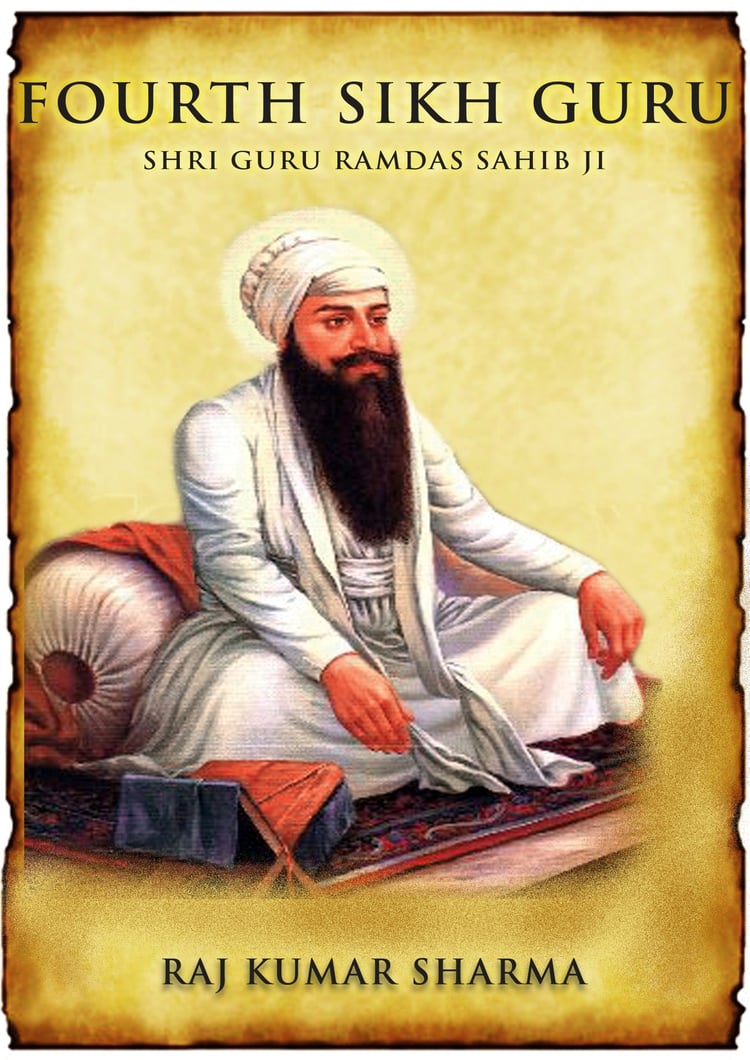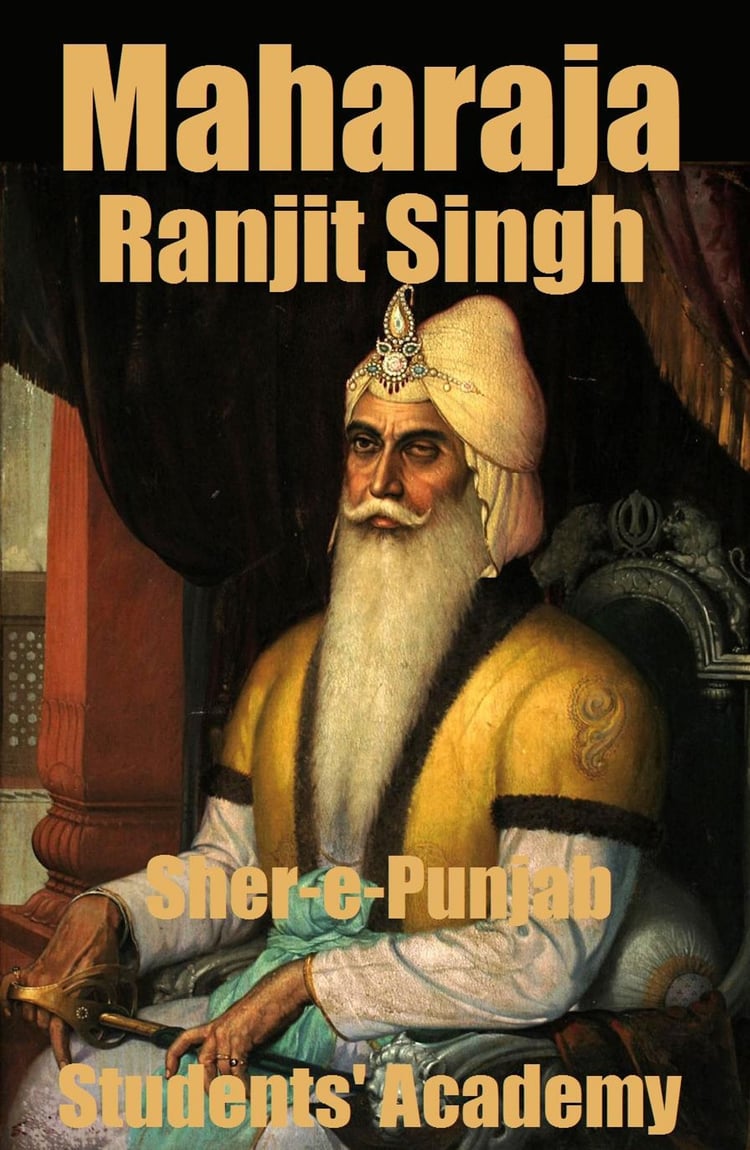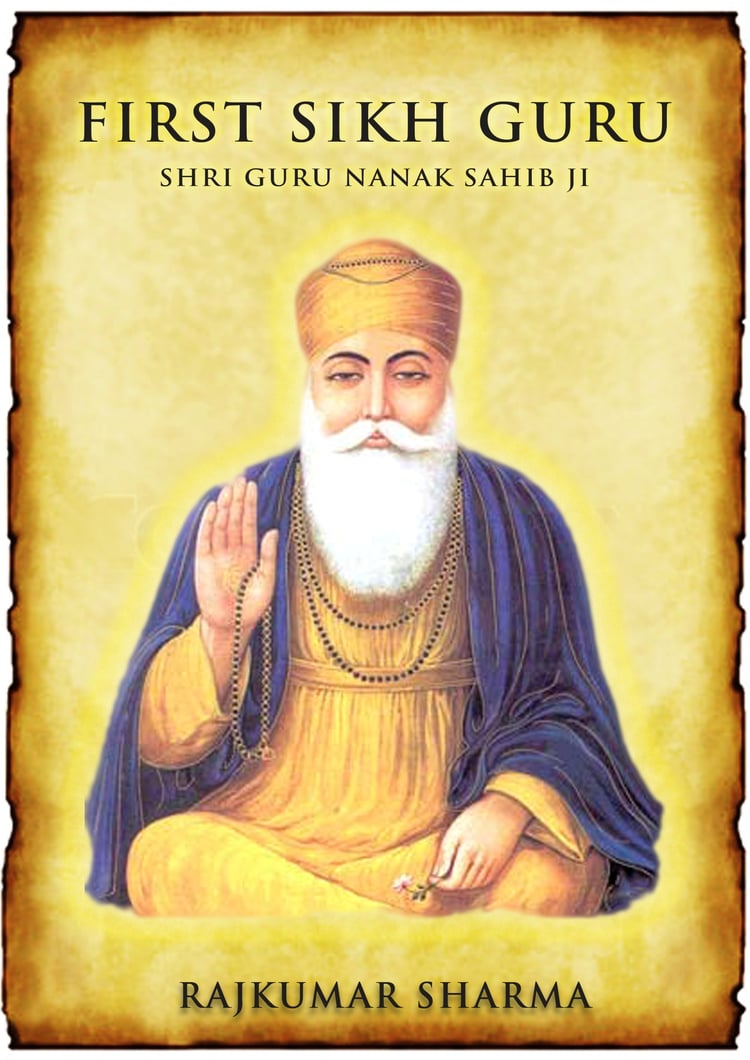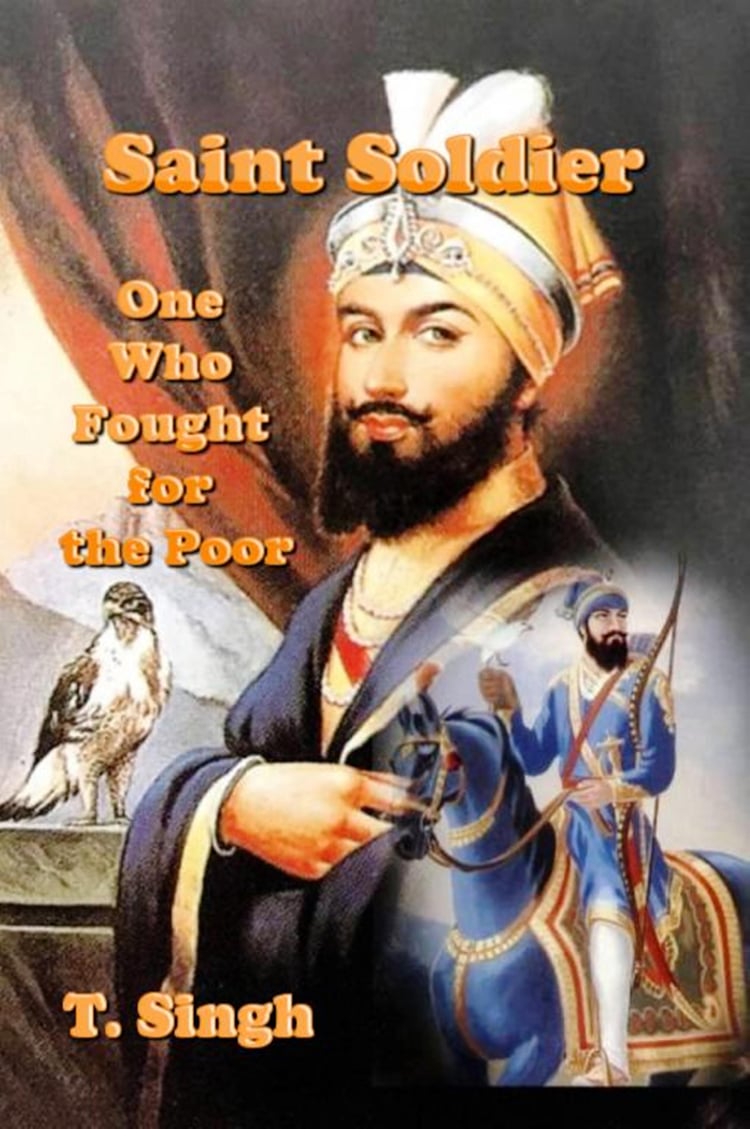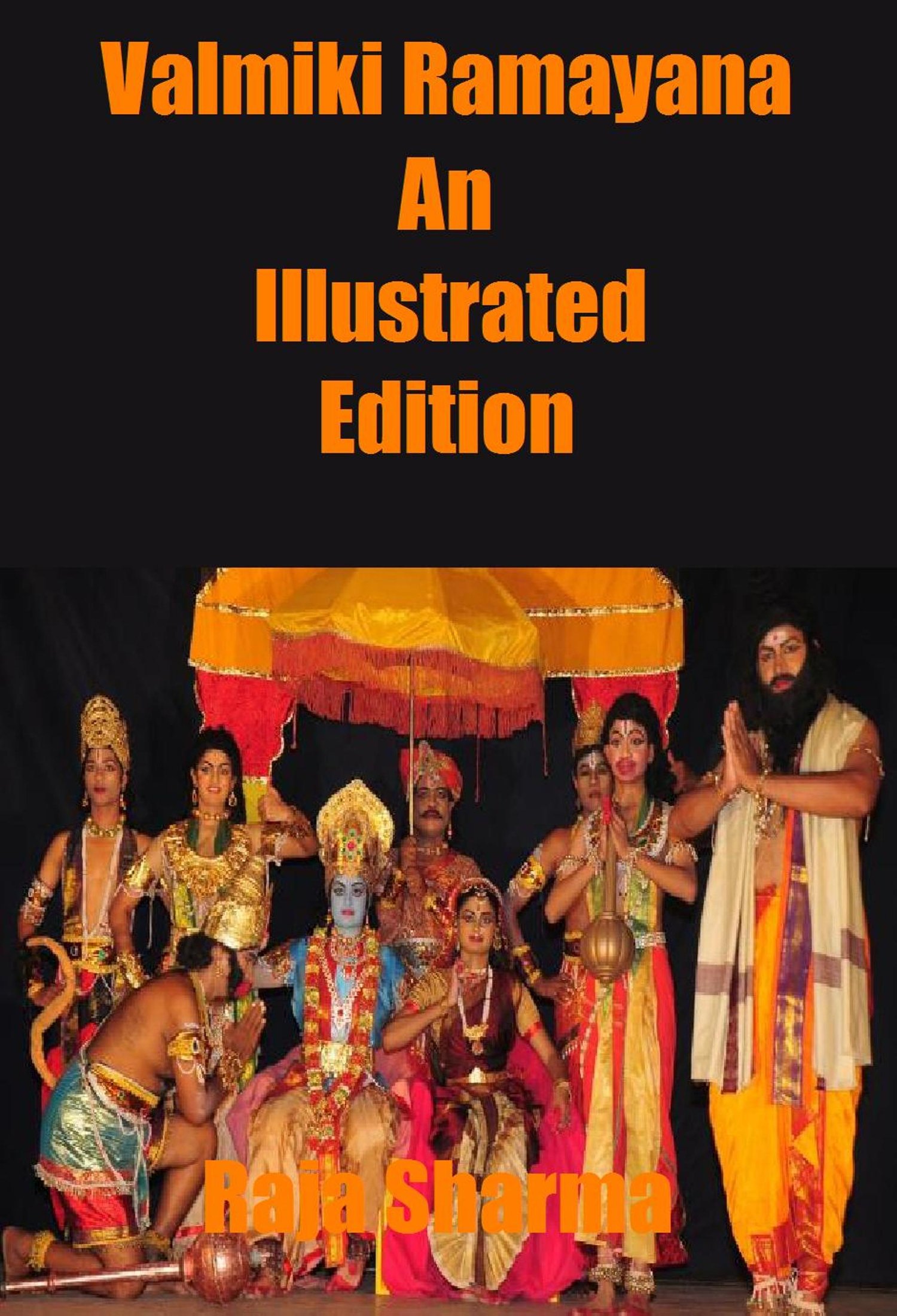
Valmiki Ramayana: An Illustrated Edition
Preface
Child Shravan
Child Rama
Brave Deeds of Rama and Laxman
Rama and Sita are Married
King Dashratha’s Proclamation
The Story of Two Boons
Kaikeyi’s Wish
Rama Exiled
The Story of Bharata
Bharata and Rama
The Story of Shurpankha
The Demon King Ravana
Sita is Abducted
Brothers Sugreeva and Bali
Quest Begins
Hanuman Goes Across the Sea
Hanuman Meets Sita
Hanuman Sets Lanka on Fire
Preparations for Invasion
Kumbhakarna, Ravana’s Brother
Laxman Falls Unconscious
Sanjeevani, the Life Saving Herb
Great Warrior Indrajeet is Killed
The Conclusive Battle
Lord Rama Fights Ravana
Sita Goes Through Fire Test
Lord Rama and His Devotees
Ajodhya
Reunion of Brothers
The Conclusion of the Story
Rama Deserts Sita
In the rich tapestry of Indian mythology, the ancient scriptures vividly narrate how Lord Vishnu, in his divine wisdom, reincarnated as the revered figures of Lord Rama and Lord Krishna. These incarnations are the central figures of the epic sagas, Ramayana and Mahabharata, respectively. Rooted in Hindu tradition is the profound belief that deities manifest in human form periodically, not merely as mythic tales but as transformative forces to reshape society through their exemplary actions. The Ramayana and Mahabharata are not just epics; they are intricate narratives where divinity intersects with humanity to restore societal harmony and rekindle the sacred bond between mankind and the celestial.
These epics, rich in allegorical tales, enlightening poems, and instructive fables, have been the cornerstone of Hindu culture, passed down through generations, weaving a fabric of moral and spiritual values. The Ramayana, for instance, portrays Rama, the epitome of virtue and an ideal king, on a heroic quest to rescue his beloved wife, Sita, from the clutches of the demon king Ravana. These stories have long been the conduits for transmitting Hinduism's essence from one generation to the next.
However, India's spiritual mythology, with its array of divine incarnations like Rama and Krishna, can initially perplex the Western mind, especially if taken too literally. The plurality of deities, ranging from the magnificent to the mysterious, can be overwhelming, risking a premature dismissal of India's profound spiritual heritage. It is crucial to delve deeper into the historical and cultural contexts of these deities to appreciate their significance, beyond mere mythological figures.
It is a common misconception to dismiss these epics as mere folklore or superstition, devoid of genuine religious or spiritual insights. As a literary enthusiast, I am captivated by the sheer brilliance of Maharishi Valmiki in crafting the Ramayana. The epic's enduring allure lies in its exquisite literary craftsmanship — the seamless blend of rhyme and rhythm that elevates it to a divine narrative.
In my book, I have endeavored to retell the story of Ramayana in accessible language, making it an enjoyable read for all ages, from children to adults. It is not my aim to preach morals, but to share my awe at the timeless charm and literary genius embedded in these ancient texts.
Warm regards,
Raja Sharma



